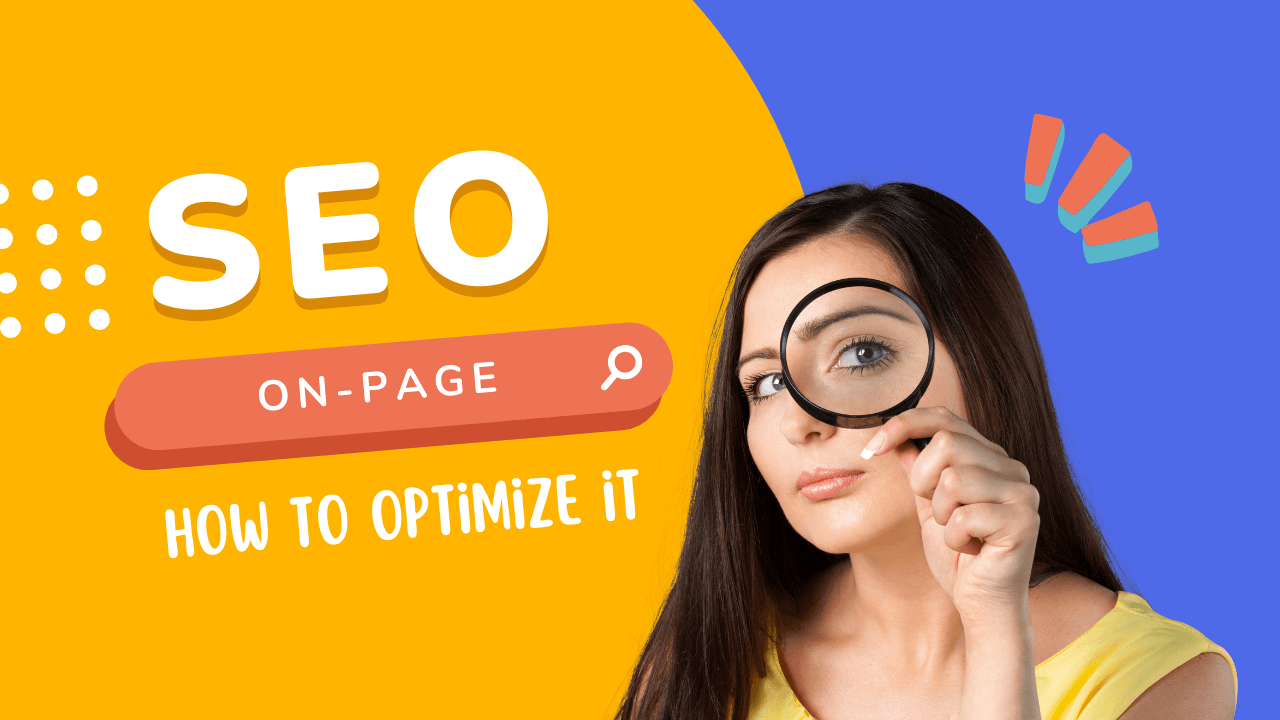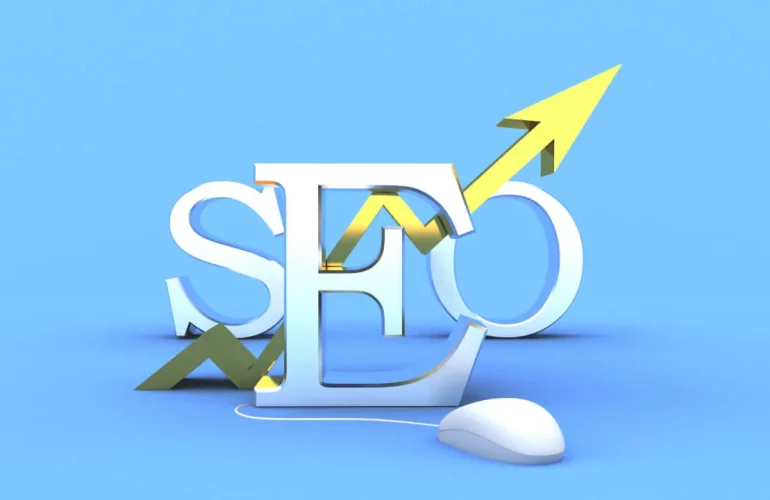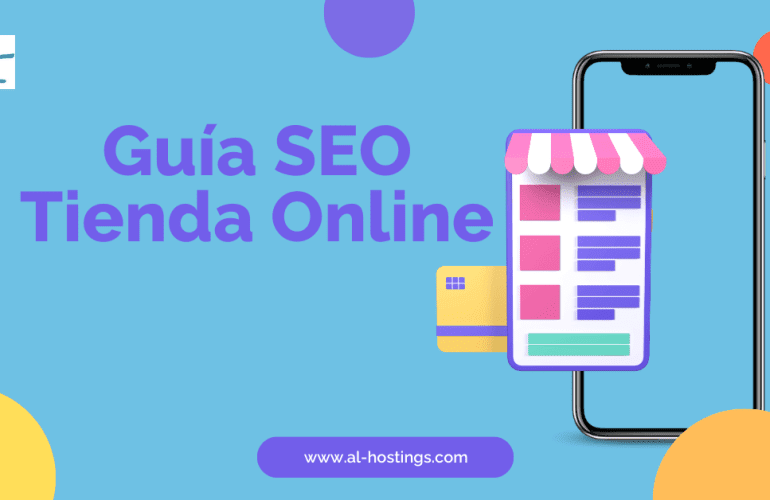On-page SEO, also known as on-page optimization, is the set of techniques and strategies that are applied directly to a web page to improve its positioning in search engines. Unlike off-page SEO, which includes external actions such as backlinks, on-page SEO focuses on optimizing internal elements of the site to make it more relevant and accessible to both users and search engines.
In this article, we will explore what on-page SEO entails, its key components, and how to apply it to your website with practical examples.
Key Components of On-Page SEO
1. Strategic Use of Keywords
Keywords are the foundation of on-page SEO. They must be naturally integrated into the texts of your page so that search engines understand what your content is about.
Practical example:
Let’s say you have a travel blog and your keyword is “best summer destinations.”
- Title: Top 10 Best Summer Destinations for 2025
- URL:
www.yourtrips.com/best-summer-destinations - Introduction: “If you’re looking for the best summer destinations, look no further. We bring you a carefully selected list…”
- Headings (H2, H3):
- H2: What makes a destination perfect for summer?
- H2: Top 10: Best summer destinations in Europe and America
2. Optimized Meta Tags
Meta tags include the title and description that appear in search results:

These should be eye-catching, include the main keyword, and be an appropriate size:
- title: 50-60 characters
- description: 150-160 characters
It is important both to highlight your message in search results and for the entire text to appear in those results. If the title or description is longer than recommended, the entire text will not appear.
Fashion example:
- Title: Fashion Trends for Spring 2025: What You Can’t Miss in Your Closet
- Meta description: Discover the colors, styles and garments that will dominate this season. Renew your wardrobe with the latest fashion trends.
Tourism example:
- Title: The Best Beaches in Mexico for Unforgettable Vacations
- Meta description: Plan your next trip with this guide to the most paradisiacal beaches in Mexico. Sun, sand and fun await you.
3. Heading Structure (H1, H2, H3…)
Headings organize content and make it easier to read. Each page should have a single H1 and multiple H2, H3, H4, as appropriate.
Practical example:
If you have an online clothing store and you want to optimize a page about cotton t-shirts:
- H1: 100% Organic Cotton T-Shirts
- H2: Why choose cotton t-shirts
- H3: Benefits of organic cotton
4. Image Optimization
Images are also part of on-page SEO. Optimize them by reducing their size without losing quality, use descriptive names and add alternative text (alt text) with keywords.
Practical example:
- File name:
organic-cotton-t-shirt.jpg - Alternative text: “Organic cotton t-shirt for men in white”
Free tool to reduce the size of images:
5. Quality Content
Content is king in on-page SEO. It should be original, useful, and answer users’ questions. It should also include keywords without keyword stuffing.
Practical example:
If you’re writing about “healthy cooking recipes,” avoid repeating that phrase on every line. Use natural variations:
- “healthy dishes”
- “nutritious food”
- “healthy cooking options”
6. Friendly URLs
URLs should be descriptive, short, and contain relevant keywords. Avoid unnecessary characters or long strings of numbers.
Practical example:
- Correct URL:
www.yourtrips.com/best-summer-destinations - Incorrect URL:
www.yourtrips.com/12/abc123xyz
7. Internal and External Links
External and external links are also important for implementing a good On-page SEO strategy.
- Internal links: They link different pages on your site to improve navigation and dwell time.
- External links: They point to authority sites that support your content.
Practical example:
If you are writing about tourist destinations:
- Internal link: “Explore our guide on the best activities in Cancun for the whole family.” (bold text will be a link to another page or blog post on your website that talks about that topic)
- External link: “According to Visit Mexico, Cancun is one of the most visited destinations for its natural beauty and tourist offer.” (bold text will be a link to another website that is relevant to the topic)
8. Loading Speed
Users abandon slow sites, and Google penalizes this. Make sure you optimize loading time by reducing the weight of images, using quality hosting, and minimizing code.
Recommended tools:
9. Responsive Design
On-page SEO is not just about putting keywords in your content, but also having a good display of your website on all devices, since Google prioritizes sites that offer an excellent mobile experience.
Practical example:
If your page has a pricing table, make sure it is visible without horizontal scrolling on small devices.
10. Robots.txt and Sitemap Optimization
What is Robots.txt?
The robots.txt file is a simple text file located at the root of your website that is used to give search engines instructions on which pages or sections of your site to crawl or ignore. This file is essential for controlling how search engine bots interact with your content.
Benefits of a well-configured robots.txt:
- Prevents crawling of unnecessary content: You can block sections such as admin panels, private folders, or duplicate pages that do not need to be indexed.
- Conserves crawl budget: Every site has a limited crawl budget. An optimized robots.txt ensures that search engines focus on important pages.
- Improves security: Although it is not a direct security measure, it can help prevent malicious bots from accessing sensitive directories.
What is a Sitemap?
A sitemap, usually in XML format, is a file that contains a list of all the important pages on your website. This file helps search engines like Google and Bing identify and crawl your content efficiently, making sure they don’t overlook relevant pages.
Types of sitemaps:
- XML Sitemap: Designed specifically for search engines. Includes URLs, their hierarchy, and details such as how often they are updated and when they were last modified.
- HTML Sitemap: A visual version of the sitemap that is intended for users, improving site navigation.
Benefits of an optimized sitemap:
- Improves indexing: Helps search engines find new or updated content quickly.
- Makes site navigation easier: An HTML sitemap can be a useful tool for users.
- Support for large sites: For sites with thousands of pages, the sitemap is essential to ensure that all URLs are crawled.
Benefits of On-Page SEO
- Greater Visibility: You’ll appear in the first search results.
- Better User Experience: An optimized site is easier to navigate.
- Higher Conversion Rate: Users find what they’re looking for faster.
Useful Tools for On-Page SEO
- Yoast SEO or Rank Math (for WordPress): They make content optimization easier.
- Google Search Console: Analyze the health of your site and fix errors.
- Ahrefs, Semrush, Moz or UberSuggest: Identify opportunities for improvement and analyze the competition.
Conclusion
On-page SEO is essential to any SEO strategy. From keyword use to image optimization and improving loading speed, every element counts to ensure your site is attractive to both users and search engines. By applying these practices, you will not only improve your rankings, but also the overall experience of those who visit your site.
Ready to start optimizing your website? Can I help you? Contact me
Here you have a video with more information about SEO on-page:

WordPress Expert, SEO & UX Optimization | I help freelancers and SMEs grow their business. | Web Design and Development Specialist for Startups, SMEs, and Personal Projects




